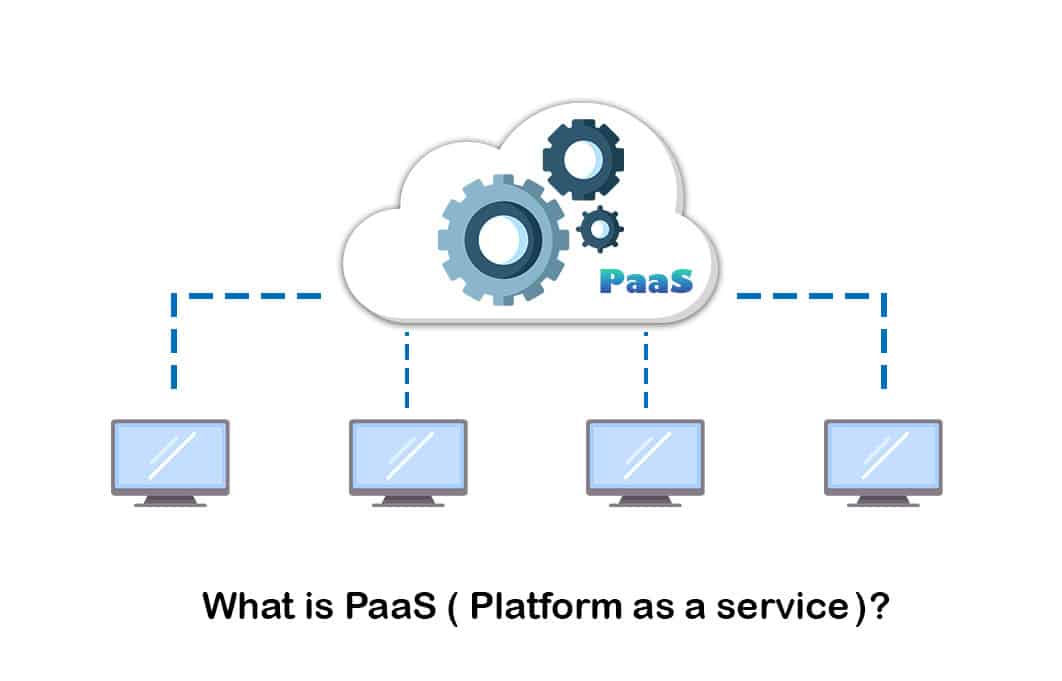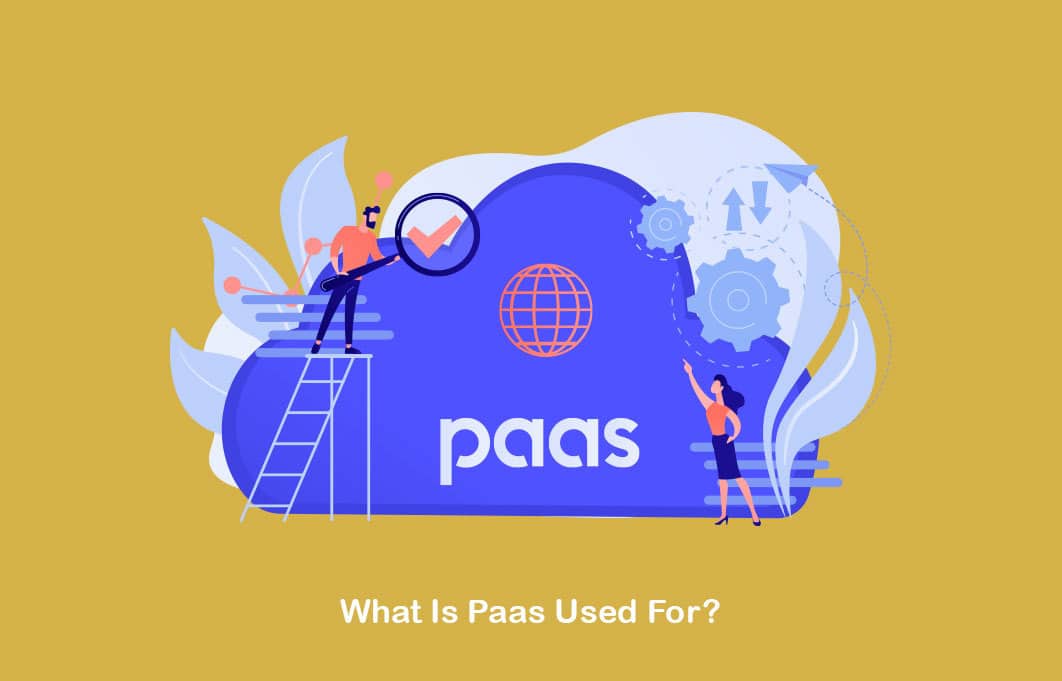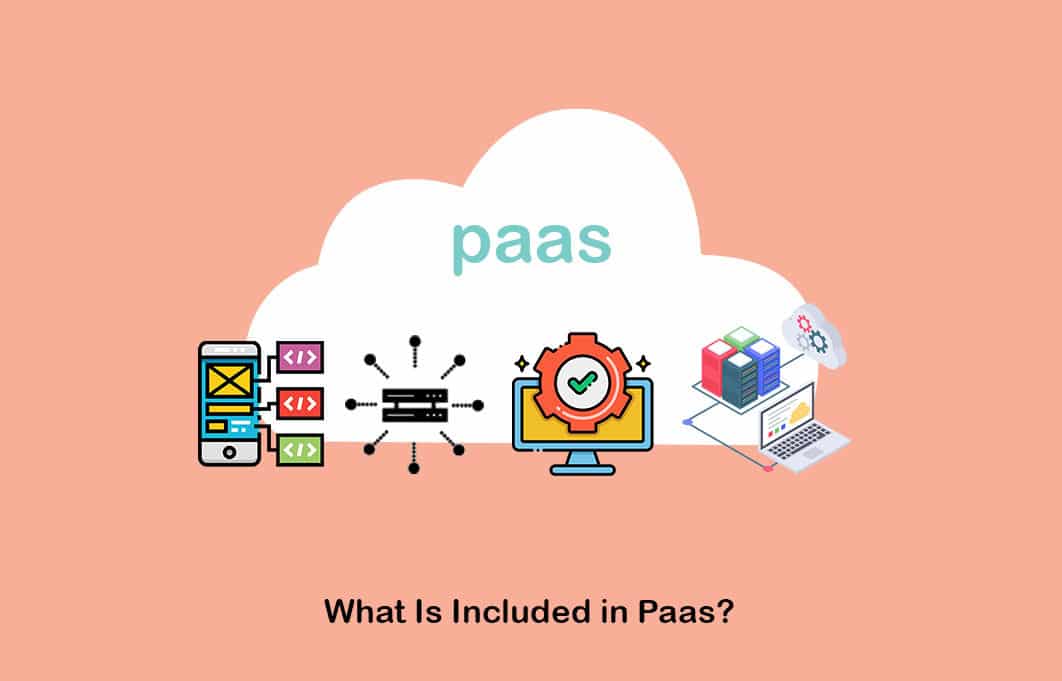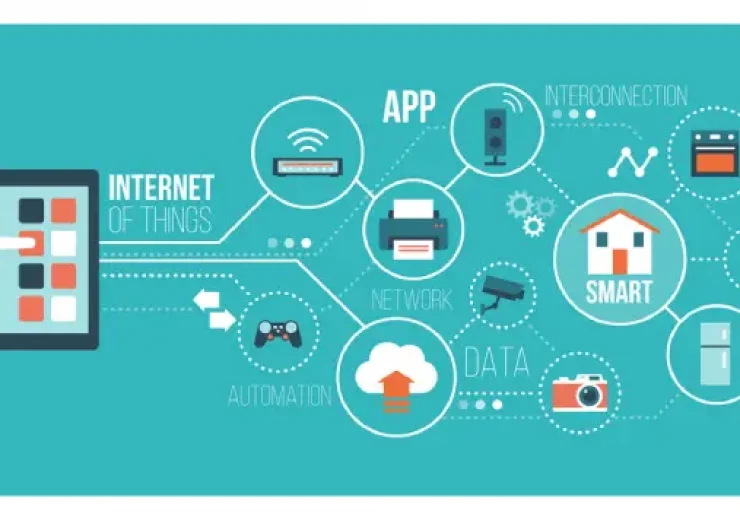What Is Paas (Platform as a Service)?

Table of Contents
What is PaaS in cloud computing? PaaS, also known as Platform as a Service, is where you will be renting everything you need to develop an application on the cloud.
They include operating systems, infrastructure, as well as development tools. Along with the help of PaaS, you will be able to simplify the development of a web application.
Due to the same reason, there is a high demand for PaaS among web developers worldwide. this article explains what is platform as a service in cloud computing.
What Is Platform-As-A-Service (Paas)?
What does paas stand for? Platform-As-A-Service. This is the situation where you will be getting an application software platform and hardware from another party.
PaaS is mainly available for programmers and developers. Along with the help of PaaS, it will be possible for you to develop, launch, and manage your web applications on the cloud platform.
With this basic understanding of Platform as a Service, you may reach out to a PaaS provider to get your Platform for developing web applications. Then you can access the Platform via your internet browser and experience the benefits that come with it.
What Is Paas Used For?

Now you have a basic idea of what is PaaS in cloud computing. If you look at PaaS in detail, you will notice that it will provide you with access to both software and hardware, which you can use for web application development and launch. You can code the software with the help of PaaS.
Then you will be able to test and even launch the application on the platform. This will offer a convenient overall experience to you as you continue to use it as a developer.
What Is Included in Paas?

1- Development tools
The Platform-as-a-Service vendors will provide numerous tools to help you with software development. They include the source code editor, a compiler, a debugger, and a few other essential tools.
You will be gaining access to all these tools as a part of the framework. The specific development tools you can get would vary from one vendor to another. However, you will still be receiving all the tools you need as a developer to proceed with developing web applications.
2- Middleware
You will also be able to get the middleware from your Platform-as-a-Service vendor. You can then use the middleware and continue to build your application on top of it.
Middleware is nothing but the software locates between the machine’s operating system and the applications that are available for the users. For example, a middleware would access input from a mouse or keyboard and get them to the operating system.
3- Operating systems
It is the responsibility of the Platform-as-a-Service vendor to manage the operating system. You will be running all the applications on the operating system.
4- Database management
Similar to the operating system, the Platform-as-a-Service vendor will also manage and maintain the database. You will be able to access this database for storing information.
5- Infrastructure
You may call PaaS the next layer to the IaaS in a cloud computing environment. Due to the same reason, everything you can find in IaaS will be available in PaaS. They include storage, servers, and physical data centers.
Advantages of Using Paas

Upon understanding what is PaaS, then you will need to understand the benefits of PaaS cloud. Let’s take a look at some of the most prominent advantages that you can get out of Platform-as-a-Service.
1- Faster time to market
One of the key benefits that you can get out of Platform-as-a-Service is the ability to go to the market pretty quickly. This is the main reason why most developers tend to build their applications in the cloud. This will eventually help them reduce most of the manual work they do.
In other words, the developers don’t need to worry about building, provisioning, and configuring the platforms on their own. That’s because Platform-as-a-Service will be there for them to write the code and proceed with testing the application. The vendor will provide much-needed assistance throughout.
2- One environment from start to finish
Once you start using a PaaS, you can ensure that you have a single environment to get all your work done from start to finish. You can use the same environment to develop, debug, test, deploy, and even host the application.
After hosting, you will be able to continue updating it in the same environment. Hence, you can ensure that your web application will work perfectly before the release. This would eventually simplify the overall application development lifecycle.
3- Price
PaaS solutions are most cost-effective when compared to IaaS solutions. That’s because you can overcome the overheads of provisioning and managing virtual machines. You will be provided with the platform, and you need to continue using it.
This will eventually help you to save money in the long run. Different Platform-as-a-Service vendors offer other pricing structures. You may compare them and pick the best solution available.
4- Ease of licensing
The Platform-as-a-Service vendor will take care of licensing needs for the development tools, operating systems, and everything else offered along with the platform.
5- Flexibility
You can expect to receive a higher level of flexibility out of the Platform-as-a-Service. For example, you will not just be able to use the platform for developing a web application. You will also be able to use it to test web applications. You may even try on it.
6- Time Savings
Since you are capable of building, testing, debugging, and deploying a web application in the same environment, you will be able to experience massive time savings in the long run as well. You will never have to go through the struggle of deploying releases. The process will be straightforward.
Disadvantages of Using Paas

Similar to all the benefits, there are multiple disadvantages of the platform as a service as well. This is where you will need to take a look at the following list of drawbacks.
1- Vendor lock-in
One of the most significant drawbacks that you will have to face because of Platform-as-a-Service is vendor lock-in. Once you start working with a Platform-as-a-Service vendor, it will not be possible for you to switch to a different vendor with ease.
That’s because you will be developing your web application with the tools offered by the vendor on a specific platform. You might be forced to revamp the entire web application when you want to switch the vendor.
This can be an expensive and time-consuming thing to do. Therefore, most people don’t tend to switch their vendors. Whether you like the service you are getting from the vendor or not, you will have to stick and use the services.
2- Vendor dependency
The resources and effort you have to put in to change your Platform-as-a-Service vendor can be dependent on the existing vendor you are using.
Even if there is a slight change in the infrastructure or internal processes, you will have to deal with a significant impact at the end of the day.
There can be situations where your vendor will go ahead and change the pricing model. If that happens, you will have to deal with the additional expenses of operating the Platform-as-a-Service service.
If you aim to know more about cloud computing in simple terms , click on the link provided!
3- Security and compliance challenges
You will be storing all the data of your web application within the server of your Platform-as-a-Service vendor. This can be a threat to security and compliance.
You will have to deal with multiple security and compliance challenges in the long run. This is why you should come into an agreement with the Platform-as-a-Service vendor before you proceed with developing or deploying the application.
You can also double-check and verify the security measures that are implemented to ensure the protection of your application and all data in there.
On top of that, you will need to check and verify what data security regulations are implemented by the services provider. Then you can overcome the hurdles that you will have to face in the long run.
4- Compatibility
Sometimes the web application you develop would not be compatible with the webserver of the Platform-as-a-Service vendor. Even though this can happen very rarely, you should not underestimate this risk. That’s because it can make you spend your time unnecessarily while bearing considerable expenses.
What is an example of paas?
Some more known example of PaaS is:
How is PaaS implemented
Platform as a Service (PaaS) is implemented through cloud computing technology. PaaS providers offer a platform where developers can build, test, and deploy their applications without worrying about the underlying infrastructure. The PaaS provider manages the servers, operating system, middleware, and runtime environment, allowing developers to focus on their application code.
To use PaaS, a user typically signs up for an account with a PaaS provider and selects the appropriate platform for their application. The user then develops their application using the tools and resources provided by the PaaS provider, such as development environments, databases, and APIs. Once the application is ready, the user can deploy it to the PaaS provider’s servers and manage it through a web-based dashboard.
PaaS can be implemented in a public cloud, private cloud, or hybrid cloud environment. Public cloud PaaS providers offer their services over the internet to anyone who wants to use them. Private cloud PaaS providers offer their services within a company’s own data center or private cloud environment. Hybrid cloud PaaS providers offer a combination of both public and private cloud services.
Conclusion
If you want to experience the benefits of PaaS, you will need to go ahead with the best Platform-as-a-Service vendor out there.
However, it would help if you also kept your eyes open to the drawbacks. In the meantime, you will need to get in touch with the best Platform-as-a-Service vendor out there.





